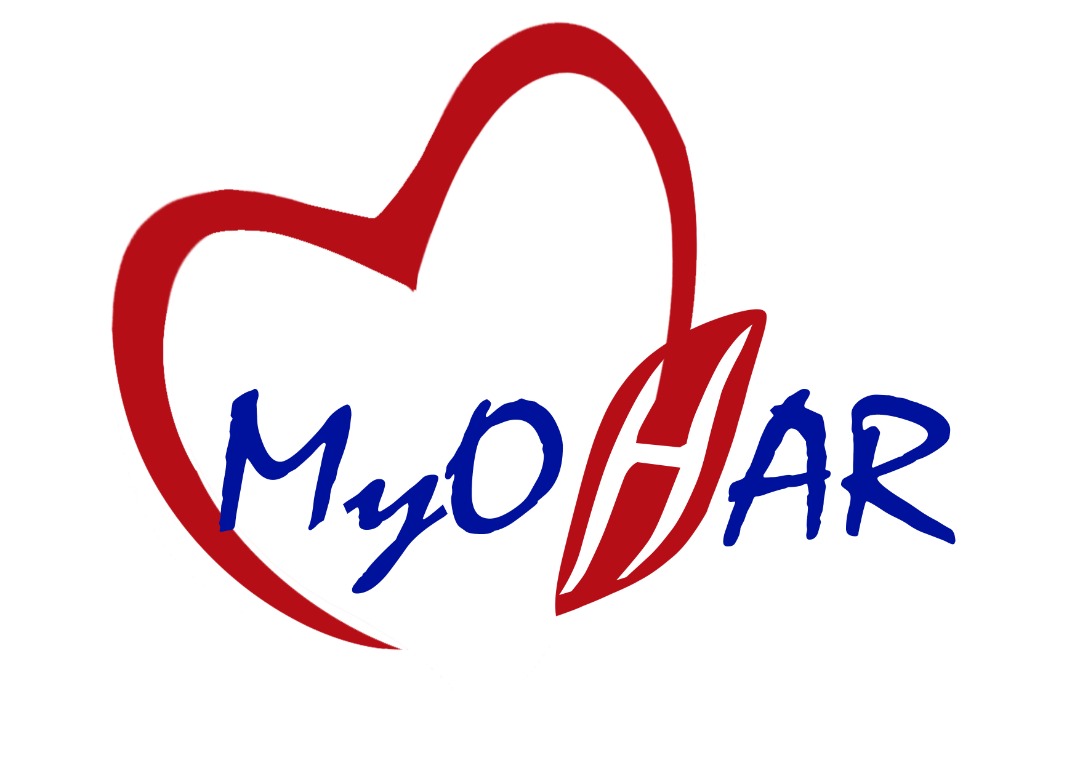 |
| WHONET Training at IMR |

An ‘Introduction to WHONET’ workshop was held at the Institute for Medical Research from 8th to 9th June 2015. It was organized by the Bacteriology Unit, which is the data coordinating centre for National Surveillance of Antibiotic Resistance (NSAR) for Ministry of Health Malaysia. The data coordinator for NSAR is Dr Norazah Ahmad, the Head of Bacteriology Unit, Institute for Medical Research.
There were 32 participants from 29 hospitals, 1 National Public Health Laboratory and the Institute for Medical Research. The hospitals were Hospital Kulim, Ipoh, Taiping, Slim River, Teluk Intan, Kuala Lumpur, Selayang, Klang, Serdang, Putrajaya, Melaka, Alor Gajah, Seremban, Kuala Pilah, Tanah Merah, Kuala Krai, Tumpat, Terengganu, Kuantan, Temerloh, Segamat, Kemaman, Lahad Datu, Labuan, Sarawak and Miri. The participants were 5 Pathologists (Clinical Microbiology), 26 Scientific Officers and 1 Research Officer. The trainer for this workshop was Mr Mohd Zainuldin Taib, the Head of Information Technology Unit, Institute for Medical Research.
The objective of the workshop was to introduce WHONET program and its applications to officers working at the microbiology laboratory and who are in charge of handling the antibiotic susceptibility data from their hospitals. It is also a refresher course to some of the participants.
The workshop started with the presentation of NSAR report for the year 2014. The same data was presented at the National Committee on Infection and Antibiotic Usage in April 2015. This committee meets two times a year and is chaired by the Director General of Health Malaysia.
After the NSAR report, the participants were given a briefing on the history of NSAR and WHONET in Malaysia. The rest of the two days schedules include laboratory configuration, data entry, data analysis and Baclink. Laboratory configuration is very important for standardization of data field so that standard data can be retrieved from all participating hospitals for the NSAR. Most of the hospitals have their own laboratory information system (LIS). It is imperative that the data contributor how to convert their data from their LIS to WHONET format. The participants were given several examples of LIS data format and how to convert the data to WHONET format using the Baclink.
The participants were also given a briefing on the list of bacteria that must be sent for verification at the coordinating laboratories. These include the rare bacterial phenotypes that they encountered in their laboratories. The list of minimum antibiotics that must be tested at the microbiology laboratory was also presented.
 |  | |
 |  | |
 |  |


